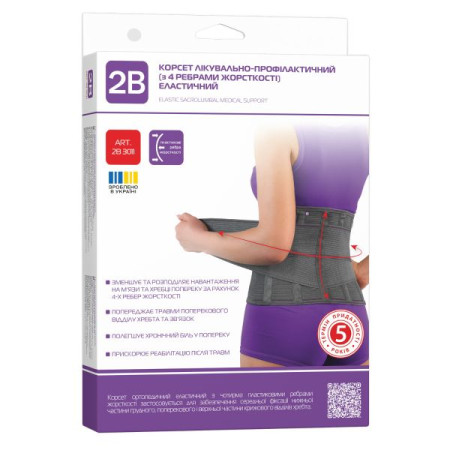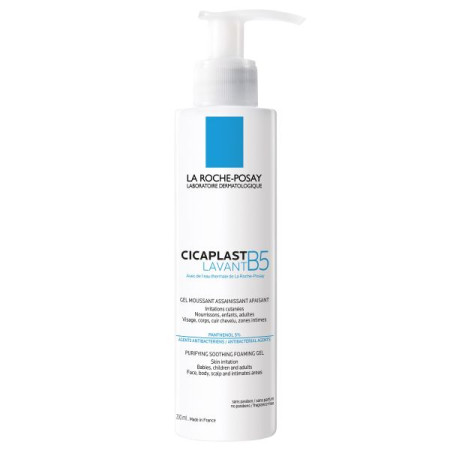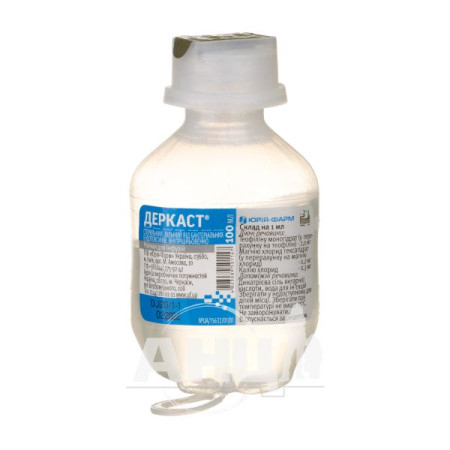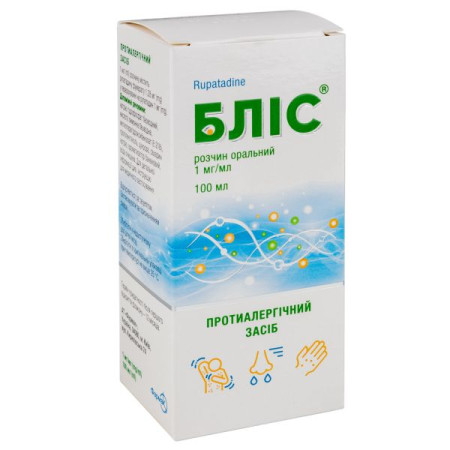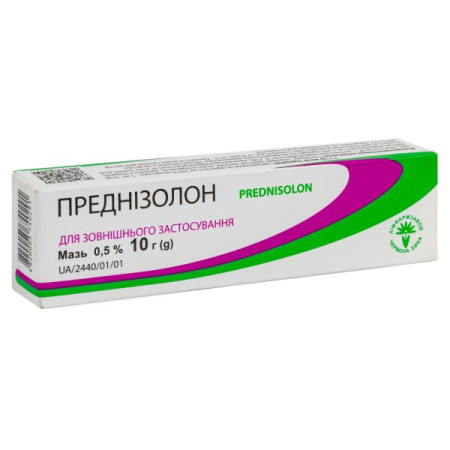Sondox tablets 0.015 g blister No. 10

Instructions for use Sondox tablets 0.015 g blister No. 10
Composition
active ingredient: 1 tablet contains doxylamine succinate (calculated as anhydrous substance) - 0.015 g;
excipients: magnesium stearate, lactose monohydrate, potato starch, microcrystalline cellulose.
Dosage form
Pills.
main physicochemical properties: tablets of white or almost white color, round shape, with a bevel and a score.
Pharmacotherapeutic group
Antihistamines for systemic use.
ATX code R06A A09.
Hypnotics and sedatives. ATX code N05C M.
Pharmacological properties
Pharmacodynamics.
Doxylamine succinate is an ethanolamine class H1-histamine receptor blocker that exhibits sedative and atropine-like effects. It has been shown to reduce the time it takes to fall asleep and improve the duration and quality of sleep.
Pharmacokinetics.
The maximum plasma concentration (Cmax) is reached on average 2 hours (Tmax) after administration of doxylamine succinate. The average plasma elimination half-life (T½) is on average 10 hours. Doxylamine succinate is partially metabolized in the liver by dimethylation and N-acetylation. The half-life may be significantly increased in the elderly or in patients with renal or hepatic insufficiency. The various metabolites formed during the breakdown of the molecule are not quantitatively significant, since 60% of the administered dose is found in the urine as unchanged doxylamine.
Indication
Periodic and transient insomnia.
Contraindication
Hypersensitivity to doxylamine succinate or to other antihistamines.
History of angle-closure glaucoma or family history. Urethroprostatic disorders with risk of urinary retention.
Restrictions on use: lung disease.
Interaction with other medicinal products and other types of interactions
With simultaneous use with atropine and atropine-like drugs (imipramine antidepressants, anticholinergic antiparkinsonian drugs, atropine antispasmodic drugs, disopyramide, phenothiazine neuroleptics), side effects such as urinary retention, constipation, and dry mouth may develop.
When used simultaneously with other antidepressants that affect the central nervous system (morphine derivatives: analgesics; drugs used for the treatment of cough and substitution therapy, neuroleptics; barbiturates, benzodiazepines; anxiolytics, except benzodiazepines; sedative antidepressants: amitriptyline, doxepin, mianserin, mirtazapine, trimipramine; sedative H1-antihistamines; centrally acting antihypertensives; others: baclofen, pizotifen, thalidomide), the depression of the central nervous system increases.
Alcohol enhances the sedative effect of doxylamine.
Application features
Since the drug contains lactose, it is contraindicated in congenital galactosemia, glucose-galactose malabsorption syndrome, and lactase deficiency.
Like all hypnotics or sedatives, doxylamine succinate may exacerbate sleep apnea syndrome (increased number and duration of respiratory arrests). H1-antihistamines should be used with caution in elderly patients due to the risk of dizziness, which may increase the risk of falls (for example, when people get up at night) with consequences that are often serious in this category of patients.
To prevent drowsiness during the day, it is necessary to take into account that the duration of sleep after taking the drug should be at least 7 hours.
You should avoid drinking alcohol while taking the drug.
When waking up in the middle of the night after taking the drug, you may feel lethargic or dizzy.
Use during pregnancy or breastfeeding
Based on available data, doxylamine can be used during pregnancy after consultation with a doctor. If the drug is used at the end of pregnancy, the atropine-like and sedative properties of this molecule should be taken into account when monitoring the newborn.
It is not known whether doxylamine passes into breast milk, so it is not recommended to use the drug during breastfeeding.
Ability to influence reaction speed when driving vehicles or other mechanisms
The drug affects the speed of psychomotor reactions, so you should refrain from driving or working with other mechanisms.
Method of administration and doses
For oral use. Take 15-30 minutes before bedtime.
The recommended dose is 7.5-15 mg per day (½-1 tablet per day). If necessary, the dose can be increased to 30 mg per day (2 tablets per day).
A dose reduction is recommended for elderly patients and patients with renal or hepatic insufficiency.
The duration of the course of treatment is 2-5 days. If insomnia persists for more than 5 days, you should consult a doctor about the feasibility of further use of the drug.
Children.
Apply to children over 15 years of age.
Overdose
Symptoms. The first signs of acute poisoning are drowsiness; signs of anticholinergic effects: dry mouth, sinus tachycardia; agitation, hallucinations, ataxia, impaired coordination of movements, athetosis, convulsions. Symptoms occur in the indicated sequence, however, in some cases, tremor and athetosis may be the first symptoms of acute poisoning. Symptoms of atropinization are often observed - mydriasis and paralysis of accommodation, facial hyperemia, hyperthermia. In the absence of treatment, coma may develop, accompanied by collapse. Even if convulsions do not occur, acute doxylamine poisoning sometimes causes rhabdomyolysis, which can be complicated by acute renal failure. This muscle disorder is common, which requires systematic screening by measuring the activity of creatine phosphokinase.
Treatment. Symptomatic. At early initiation of treatment, it is recommended to use activated charcoal (50 g - for adults, 1 g/kg - for children); perform artificial ventilation of the lungs, prescribe anticonvulsants.
Side effects
Anticholinergic effects rarely develop: constipation, dry mouth, urinary retention, accommodation disorders, palpitations.
Daytime drowsiness: if this effect develops, the dose should be reduced.
Allergic reactions are possible, including skin rashes, itching, angioedema, and a drop in blood pressure.
If any adverse reactions occur, you should consult a doctor.
Expiration date
3 years.
Do not use after the expiry date stated on the packaging.
Storage conditions
Store at a temperature not exceeding 25 0C.
Keep out of reach of children.
Packaging
10 tablets in a blister. 1 or 3 blisters in a cardboard pack.
Vacation category
Without a prescription.
Producer
PJSC "Chempharmaceutical Plant "Chervona Zirka".
Address
61010, Ukraine, Kharkiv, 1 Hordienkivska St.
There are no reviews for this product.
There are no reviews for this product, be the first to leave your review.
No questions about this product, be the first and ask your question.









